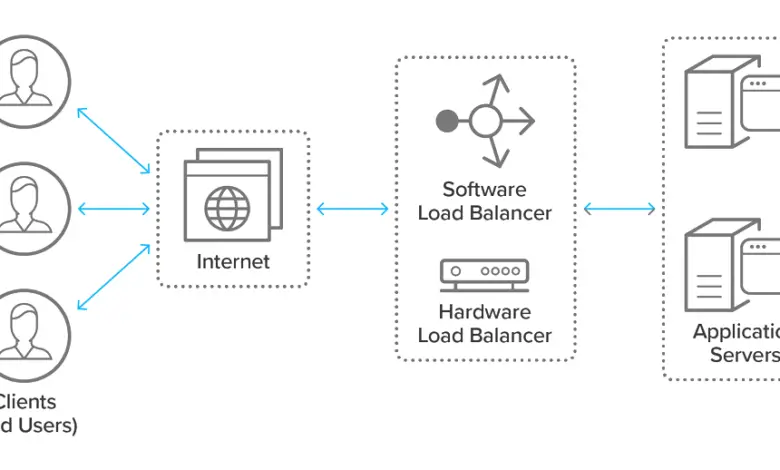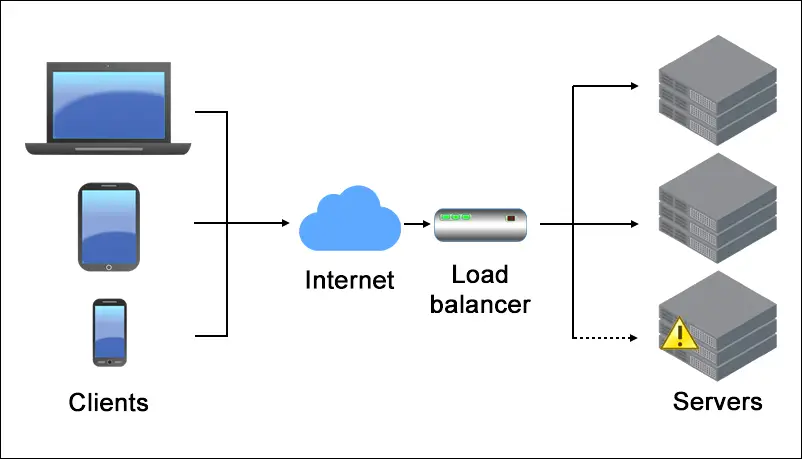Load Balancing: Optimizing Performance and Reliability
Mastering Load Balancing: Achieving Optimal Performance and Reliability

Load Balancing
Load balancing is a critical aspect of modern web hosting and network management, instrumental in optimizing the performance, reliability, and scalability of online services. It refers to the process of distributing incoming network traffic across multiple servers, ensuring no single server becomes overloaded, thus maintaining system stability and preventing downtimes.

The Importance of Load Balancing
In the digital landscape, where user experience plays a pivotal role, load balancing emerges as a fundamental component for various reasons:
Enhancing Performance
Efficient load distribution among servers significantly enhances website performance. By distributing traffic evenly, it ensures each server operates within its capacity, minimizing response times and ensuring a seamless browsing experience.
Ensuring Reliability
Reliability is paramount in the online world. Load balancing safeguards against server failures, ensuring uninterrupted service availability. In case of a server malfunction, traffic is seamlessly rerouted to operational servers, preventing service disruptions.
Scalability and Flexibility
Scalability is vital for growing businesses. Load balancing facilitates effortless scalability by allowing for the addition of servers to manage increasing traffic. It ensures the system remains flexible and adaptable to evolving demands.
Types of Load Balancing
Hardware Load Balancers
These physical devices, dedicated to managing network traffic, offer high performance, reliability, and specialized features. They are well-suited for large-scale operations requiring robust load-balancing capabilities.
Software Load Balancers
Software load balancers operate on general-purpose servers, leveraging software applications to distribute traffic. They are cost-effective and offer scalability but may have limitations in handling extensive traffic volumes compared to hardware solutions.
Cloud-based Load Balancers
These leverage cloud infrastructure to distribute traffic across multiple servers. They provide scalability, flexibility, and cost-efficiency, making them an ideal choice for businesses operating in the cloud.
Load Balancing Algorithms
Load balancing mechanisms employ various algorithms to distribute traffic effectively. Some prominent algorithms include:
Round Robin
This algorithm distributes traffic equally among servers, following a sequential order. While simple, it may not account for varying server capacities or traffic types.
Least Connection Method
In this approach, traffic is routed to the server with the fewest active connections, ensuring even load distribution and preventing server overload.
Weighted Round Robin
Weighted Round Robin assigns a weight to each server based on its capacity, directing more significant traffic to servers with higher capabilities.
Implementing Load Balancing Strategies
Traffic Monitoring and Analysis
Thoroughly analyzing traffic patterns helps in understanding user behavior and resource requirements. Tools like Google Analytics aid in identifying peak traffic hours and trends.
Redundancy and Failover Mechanisms
Implementing redundancy ensures system stability. Employing failover mechanisms redirects traffic seamlessly in case of server failures, minimizing service disruptions.
Load Testing
Conducting regular load tests simulates real-world scenarios, helping in identifying potential bottlenecks and optimizing server configurations for maximum efficiency.
Content Delivery Networks (CDNs)
CDNs cache content in various geographical locations, reducing server load and improving content delivery speed globally.
Conclusion
In the digital realm, where user satisfaction and performance are paramount, load balancing emerges as a pivotal solution. By intelligently distributing network traffic across multiple servers, it ensures optimal performance, reliability, and scalability, contributing significantly to a seamless user experience.



